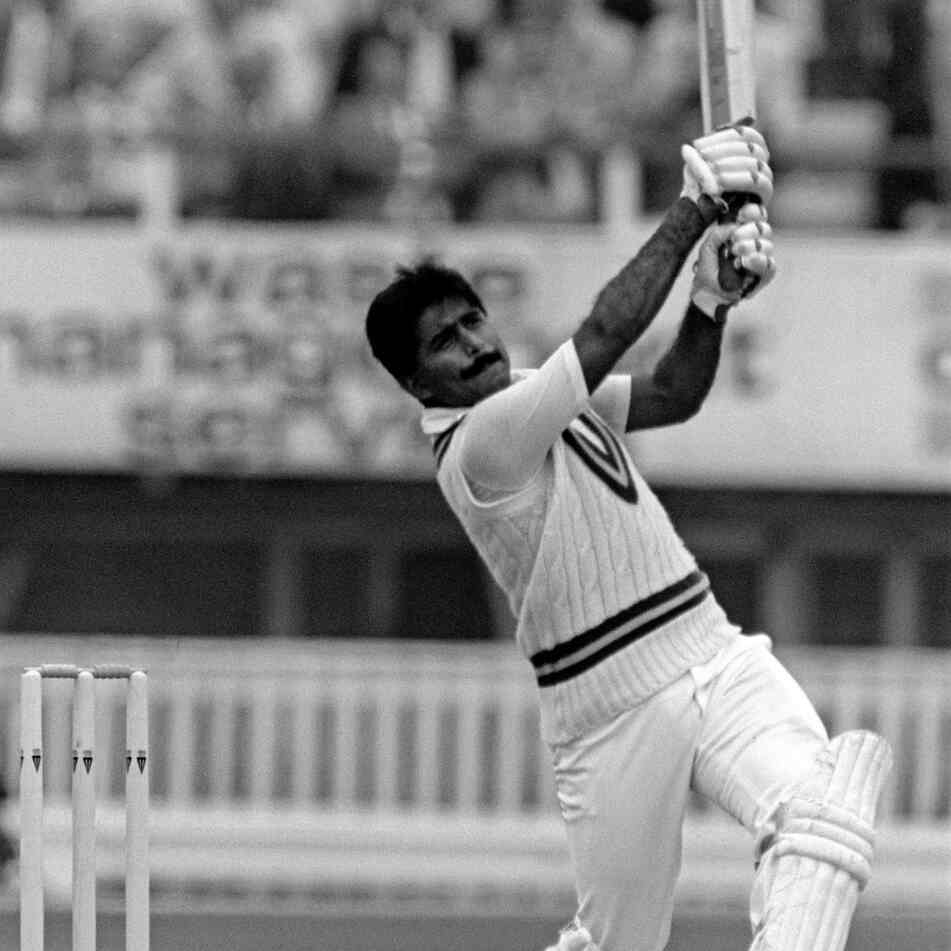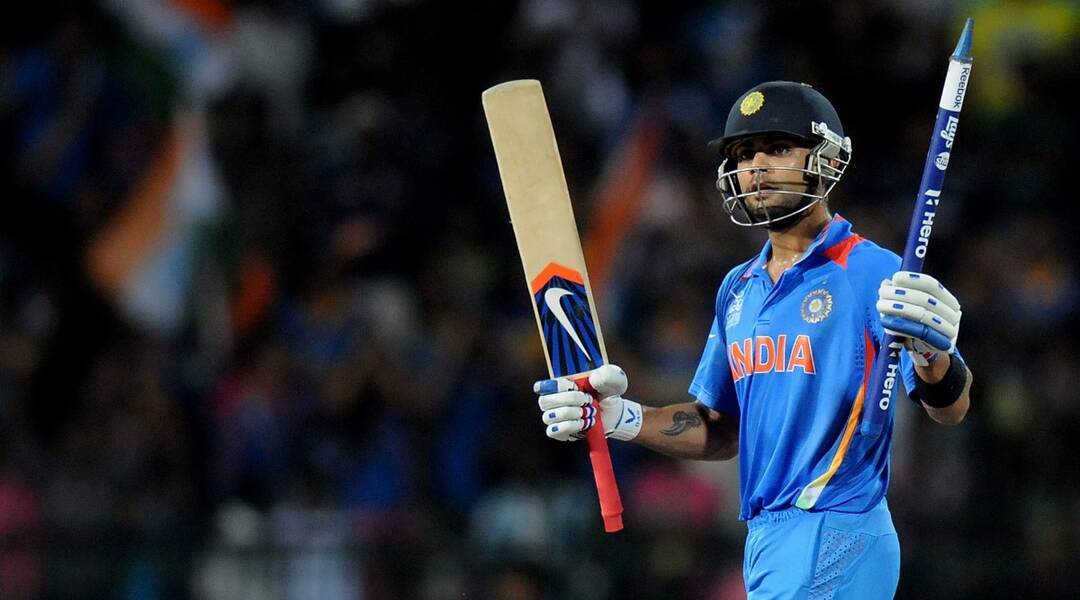Currently, the Asia Cup 2022 is underway in Sharjah, UAE. It’s the biggest tournament outside of ICC events. However, the enthusiasm in the audience for Asia Cup exceeds even some of the tournaments held by ICC.
Asia Cup’s existence is a miracle in itself. From being delayed multiple times and being postponed to breaking viewership world records. From India abandoning the Asia Cup to India winning 7 out of the 14 editions.
When it was introduced, people questioned whether this model was even practical & their concerns were right; it was not in the initial years. However, Asia Cup overcame all the obstacles with time by evolving and stands as one of the most renowned Cricket Tournament to this day.
Following is a brief history & overview of the ups and downs of the Asia cup, despite the unprecedented challenges. How the Asia Cup was a success in every edition? and how players gave it their all to make it so.
The Creation of Asia Cup from Dust:
Shortly after the ACC (Asia Cricket council) formed in 1983, the Asia cup was announced, and the first edition was held in 1984. The main reason for this tournament was to promote compassion between the Asian teams. Unfortunately enough, it ended up doing the complete opposite.
Everything went smoothly in the 1st edition. However, when the 2nd edition started, India withdrew owing to deteriorating cricketing relations with Sri Lanka. This was a critical period for the Asia Cup because Indians make up most of its audience.
Following suit, Pakistan boycotted the 1990–91 Asia Cup due to hostilities between India and themselves. The 1993 Cup had to be called off because of how intense it became between the two. Some were questioning if the Asia cup would make a comeback. Because Asia cup’s two out of three competitors pulled out.
There were three teams in the beginning: Sri Lanka, Pakistan, and India. However, Asia Cup has grown significantly. Afghanistan, Hong Kong, UAE & Bangladesh have also joined Asia Cup. The 2023 edition, which will have 8 teams, is expected to further increase this number.
Changes to The Format of the Asia Cup over time:
Initially, with the advent of the Asia Cup in 1984, the cup was based on a round-robin structure in which each competitor faced every other competitor. This worked smoothly in the initial years.
However, when more countries entered the Asia Cup in the years that followed, this round-robin format became impractical. The Asian Cricket Council then abandoned this structure in favour of a new one. This newly inducted format was divided into three stages: the group stage, the notorious super four-stage, and the final.
This change was officially implemented in the 8th edition of the Asia cup in 2004; this has been the Cup’s format to this day.
Following that, there was a drastic transformation in the Cup in 2016 when it was announced by the chief executive Syed Ashraful Haq of ACC that the Asia cup tournaments would be played on an alternate basis. Switching between T20 and one-day format. This change also continues to this day.
A Brief Overview of The Editions of The Asia Cup:
1. 1984
The first edition was held in Sharjah, the city of the ACC headquarters. After defeating Sri Lanka, India won the first edition. Over the course of the first edition, Pakistan failed to even secure a single win. There were three teams in total.
Ravi Shastri got the most wickets (4), & Surinder Khanna got the most runs (107) and the player of the tournament award, respectively. They are both Indian sportsmen. India dominated the maiden Asia Cup.
2. 1986
The second edition was hosted by Sri Lanka; in the final, Sri Lanka won against Pakistan by 5 wickets. The interesting part is that the 2nd edition was played between Pakistan, Sri Lanka & Bangladesh because India pulled out of the tournament.
Abdul Qadir took 9 wickets, earning him the award for the most wickets for Pakistan. While Arjuna Ranatunga scored 105 runs earning him the award of most runs & player of the series.
3. 1988
The 3rd edition was hosted by Bangladesh; the games were the first List A-classified matches ever played in Bangladesh, which was back then an Associate Member of the International Cricket Council (ICC), with Full Members of ICC as its opponents.
India came on top in this edition after defeating Sri Lanka with 5 wickets. Arshad Ayub from India took the most wickets (9) and earned the title of the best bowler of that edition. Ijaz Ahmed earned the award for most runs(192). Navjot Sidhu, the legendary Indian cricketer, won the player of the series.
4. 1990-91
The 1990-91 edition was hosted in India, so Pakistan abandoned the 4th edition of the tournament for that very reason. However, the tournament went smoothly as planned, regardless of the participation or abandonment of any team.
In the final, India won against Sri Lanka with 7 wickets. No one was awarded the player of the series. However, Arjuna Ranatunga scored 166 & Kapil dev took 9 wickets, earning them the top spots.
The planned 5th edition was to take place in 1993. However, due to tensions between India and Pakistan, it was called off by the ACC.
5. 1995
The actual 5th edition was hosted by UAE; Sri Lanka and India clashed on the ground, but India came on top with 8 wickets. This victory was remarkable; India devastated Sri Lanka by winning with 8 wickets.
The most scoring player was Sachin Tendulkar, a legendary batsman. While Anil Kumble got 7 wickets and became the tournament’s best bowler.
6. 1997
The 6th edition was a matter of integrity for the Sri Lankan team; they were in pursuit of revenge, which they got after winning the final with 8 wickets against India.
Arjuna Ranatunga emerged as the top batsman while Venkatesh Parsad was the best bowler for this edition. 4 teams participated, and 8 matches were played in total.
7. 2000
The 7th edition was hosted by Bangladesh. Unfortunately, this was the first time India didn’t qualify for the final, except in 1986 when India pulled out, but India kept qualifying for the final. This legendary streak was broken, 7 so were the hearts of millions of Indians.
Pakistan ended up winning against Sri Lanka by 39 runs. Since its inception, this was the first time Pakistan won the Asia Cup.
8. 2004
There was a considerable gap between the 7th and the 8th editions of the Asia Cup, almost 4 years. This delay was because the Asia Cup was remodelled at this time.
The transition from a round-robin format to a new format happened during this period. This was the first edition to have 6 teams after the addition of Hong Kong and UAE to the Asia Cup.
In the final, Sri Lanka came on top after defeating India with 25 runs. The 8th edition was hosted by Sri Lanka at 3 different venues.
Shoaib Malik scored the highest with 316 runs, while Irfan Pathan took 14 wickets and earned the place of the top scorer and top bowler of the tournament, respectively.
9. 2008
The 9th edition of the Asia Cup was originally planned to begin in 2006; however, tight International schedules didn’t let that happen, so it was delayed by 4 years.
The Cup was divided into 2 groups; group A consisted of Bangladesh, Sri Lanka, and UAE. At the same time, group B consisted of India, Pakistan, and Hong Kong.
This tournament was held in Pakistan & Sri Lanka, winning the final after defeating India with 100 runs.
10. 2010
The 2010 Asia cup was the 10th edition. It was held in Sri Lanka; India won after defeating Sri Lanka with 81 runs in the final. This was the 5th win for India in the Asia Cup.
Most runs were scored by Shahid Afridi, standing at 265. While Lasith Malinga took 9 wickets, earning him the award for the most wickets.
11. 2012
The 2012 cup was the 11th edition hosted by Bangladesh and held in Dhaka. Bangladesh defeated Sri Lanka to reach the finals for the first time. On the other hand, Pakistan hasn’t won the Asia Cup for the last 12 years. The stakes were high, but after a nail bitting match, Pakistan emerged victorious merely with just 2 runs.
- Virat Kohli scored the most, with 357 runs.
- While Umar Gul took 9 wickets
- Shakib Al Hasan earned the award for player of the series.
12. 2014
The 12th edition was again hosted by Bangladesh; this was the first time some country hosted the Asia cup consecutively. Afghanistan also took part in the 2014’s Asia cup for the first time.
In the final, Pakistan clashed against Sri Lanka, but Sri Lanka won with 5 wickets. This was the 5th win for Sri Lanka & this number hasn’t changed to this date.
13. 2016
The 13th edition of the Asia Cup saw some drastic changes as it was the first Asia cup to follow the T20 format. This was per the ACC’s decision to alternate the Asia cup’s format every 2 years.
There were 5 participants & 11 matches played at a single venue in Bangladesh. Yes! You heard it right; this was the 3rd consecutive Asia cup in Bangladesh.
Nevertheless, India won the Asia cup after defeating Bangladesh by 5 wickets. This accounted for the 6th Asia cup win for the boys in the blue.
14. 2018
India was originally supposed to host the 14th edition, but tensions between Pakistan and India were rising. To ensure Pakistan’s participation, Mohammed Bin Zayed Al Nahyan, the crown prince of Abu Dhabi, asked BCCI whether they would consider handing the role of host to the UAE. Without interrupting the games, BCCI assigned UAE the role of host.
India eventually won the final match against Bangladesh, winning by a margin of three wickets.
Baffling Records set during Asia Cup:
Around seven times, India won the Asia Cup in 1984, 1988, 1990–91, 1995, 2010, 2016, and 2018. Followed by Sri Lanka with five victories in 1986, 1997, 2004, 2008, and 2014. Pakistan has two victories and is ranked third.
43 players have achieved a total of 53 centuries; however, 52 of these centuries have been set in the one-day format. The only player with a century in the Twenty20 format is Babar Hayat of Hong Kong.
There have only ever been 11 “5-wicket hauls” in the competition’s history, and Lasith Malinga owns three of them.
In an ODI match against Pakistan in 2012, Virat Kohli set a record-high total of 183 runs, which has not been beaten.
Regardless of the rough and politicized history, the future holds a lot for the Asia cup.



